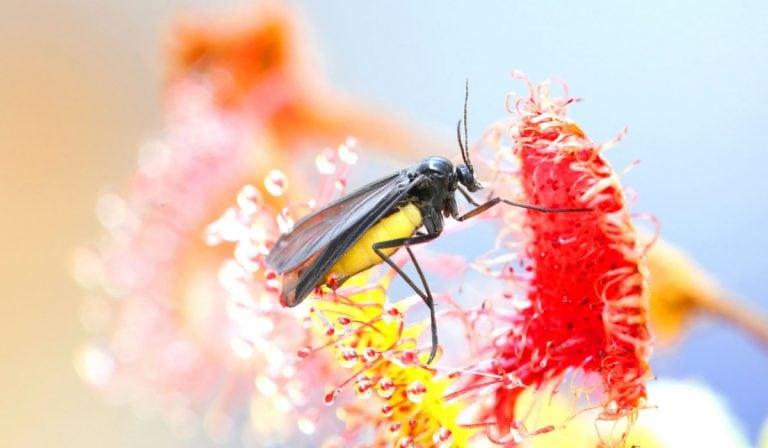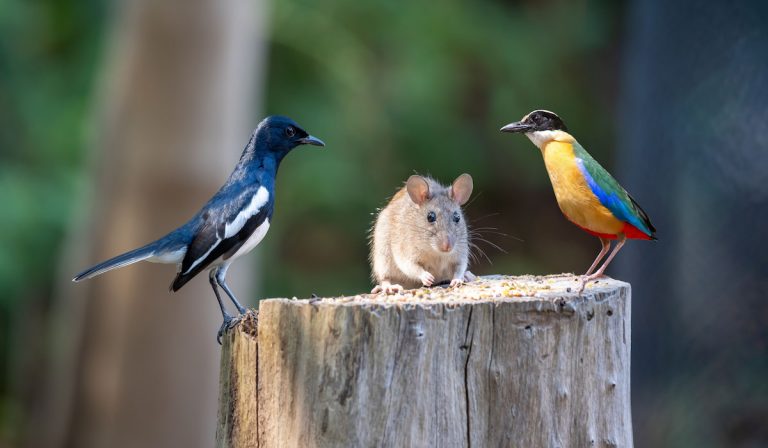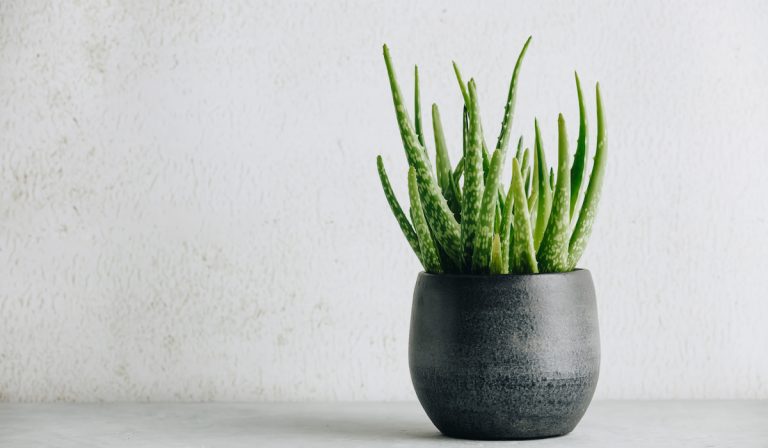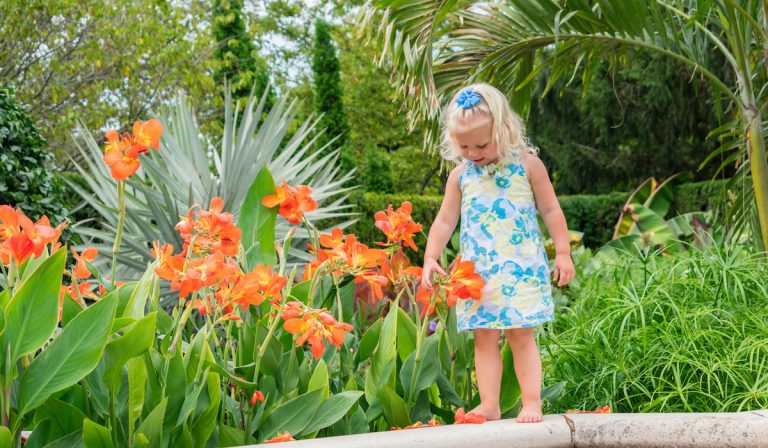Can Gardenias Grow Indoors? 9 Tips for Success
Gardenias are tropical evergreens, and like most tropical plants, they enjoy humidity. But considering the relatively low humidity in most indoor spaces, you may start to wonder if this broadleaf evergreen can grow indoors?
Can gardenias grow indoors? Yes, gardenias can grow indoors.
As already mentioned, these tropical evergreens need sufficient humidity to thrive. Even if one’s indoor space is not humid enough, the conditions can be modified to suit their needs.
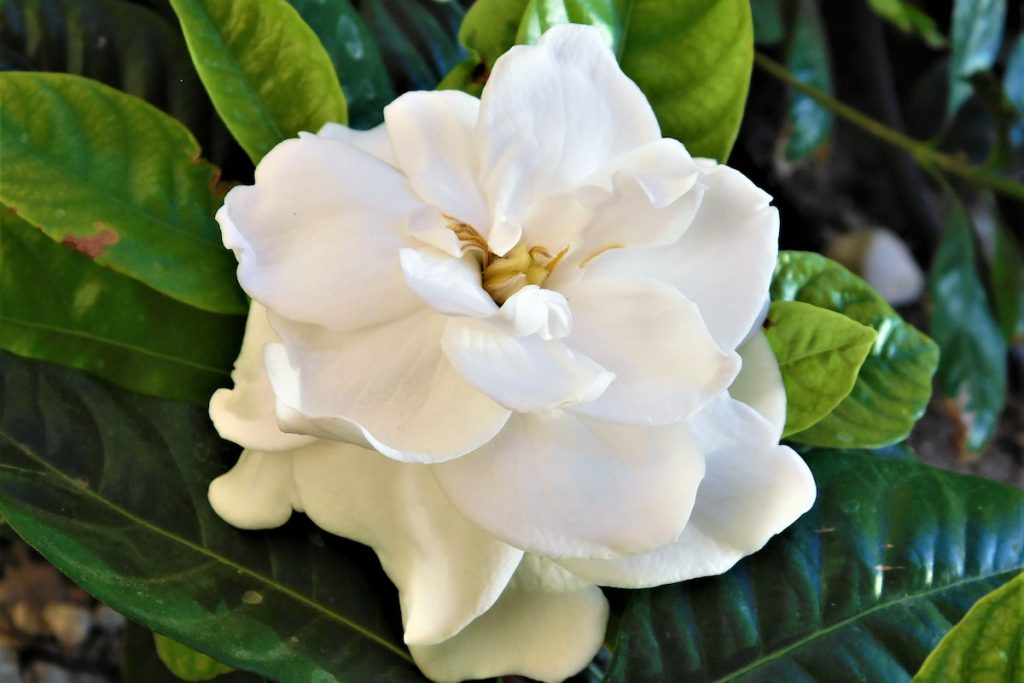
Beyond humidity, growing gardenias indoors calls for some other provisions, including light, water, the right soil, and regulated temperature.
Some people consider gardenias to be fussy, and that might leave you wondering if you can pull off growing them indoors. Well, not to worry, this article contains tips that will help ensure your gardenias thrive indoors.
Table of Contents
Some Facts About Gardenias
Before we proceed with the tips for successfully growing gardenias indoors, let’s share a few facts about them.
Origin and Uses
Gardenias were first seen in China in the 1700s. However, they are native to both China and Japan.
Gardenias are revered for their redolent and unique fragrance. In fact, their oils are sometimes extracted and used in making perfumes.
The unique fragrance is the main reason people grow gardenias.
Toxicity
Gardenias are non-toxic to humans, but they can be toxic to some animals. Such animals include cats, horses, dogs, and guinea pigs.
Disease Resistance
Gardenias are susceptible to some pests and diseases.
One of the most common diseases that affect them is root rot. Apart from that, gardenias also suffer bud drop, powdery mildew, yellow spot, bacterial leaf spot, and stem canker.
You should check for aphids, spider mites, scale bugs, and mealybugs occasionally, as they are some common pests of gardenias.
Varieties
The gardenia genus contains over 140 species. Each one of them shares the feature of having scented flowers. However, they have different heights, spreads, and watering needs.
Of the over 140 species of gardenias, the most commonly cultivated species is the Cape Jasmine (Gardenia jasminoides).
Colors
While the most common color of gardenias is white, you will find them in other colors, including yellow, pale yellow, red, and pink.
9 Tips for Growing Gardenias Indoors Successfully
For your gardenias to thrive indoors, ensure the following are in place:
1. Light
Gardenias need bright light. At least 4 hours of sunlight every day would do. If they do not get this much sunlight, they will not bloom.
While they might need sunlight, you should not always expose them to direct sunlight, especially when summer comes. When outdoors, gardenias prefer shaded areas. So, you should try to recreate this indoors.
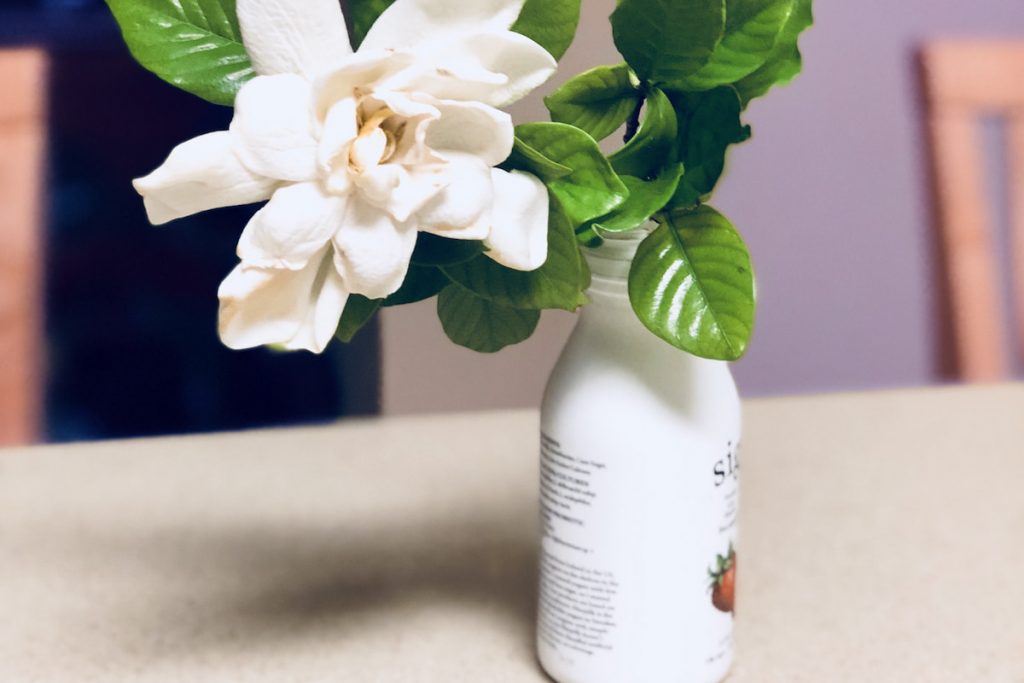
2. Temperature
When choosing a spot for your gardenias, opt for spaces with a low-end temperature of no less than 60°F. During the day, gardenias would thrive at temperatures that are fine for humans. The same thing applies at night.
Gardenias may tolerate temperatures slightly below 60 °F. They can survive 50 to 55 °F at night.
When gardenias do not get the right temperature, you may find some of their buds falling off.
Keep your gardenia from hot areas or spots where it would receive bursts of hot air. The heat can cause the plant to dry out. When this happens, the flowers might fall.
3. Humidity
As mentioned earlier, humidity is vital for the survival of gardenias indoors. On average, these plants need humidity levels of not less than 60%.
Some homes may be unable to match this level of humidity due to central heating. The problem could be even worse in winter. But the good news is, you can increase indoor humidity just for your gardenias.
The following are some ways to increase indoor humidity for gardenias:
- Leave less space between your houseplants. Then spray them with a mist of water. This method is effective but temporary. You could repeat it regularly to maintain the humidity around the gardenias.
- You could also raise the humidity around your gardenias by placing them on a tray filled with water and pebbles.
The water should reach just above the pebbles in the tray. Place the plant in this tray, and as the water evaporates, it fills the air around the gardenia with moisture. This makes the spot more humid.
- You could also get a humidifier for the plant.

4. Water
Gardenias should not be allowed to dry out. You have to keep the soil moist but not soaked. Remember, gardenias are prone to root rot, and if you keep their roots wet, they might just get it.
The soil will not get waterlogged if you only water it when it becomes dry to touch.
When winter comes, you will have to cut back on how much water you give the gardenias. The weather would be colder, and evaporation will be slower, so they will not need as much water as usual.
Apart from maintaining moderate moisture in the soil, avoid getting water on the leaves. Getting water on their leaves puts gardenias at risk of fungal leaf spots.
5. Soil
When potting your gardenia, ensure you get soil with a slightly acidic pH. Most normal potting mixes meet this requirement. Gardenias thrive best between pH of 5.0 and 6.5. Hence, the need for acidic soil.
6. Pruning
Gardenias are broadleaf plants, and of course, you may want to prune them. The best time to prune gardenias is after they have stopped blooming.
When pruning them, ensure you remove old blooms and untidy branches. Doing this will allow your gardenia to blossom even better the next time.
7. Fertilizer
Gardenias are acid-loving plants. So, whenever you intend to fertilize them, go for an acid-based fertilizer.
As with water, you would have to reduce the amount of fertilizer the gardenias get in winter. Also, do not apply fertilizer to them in the fall.
8. Potting and Repotting
When choosing potting soil for gardenias, opt for one that is peat-based. Also, ensure it is well-draining and has no lime.
Gardenias do not usually outgrow their pots. But you would do well to repot them every other spring or whenever necessary.
Repotting might be necessary when you notice the plant is not as healthy as usual. Of course, you have to rule out pests and diseases before concluding that the gardenia needs to be repotted.
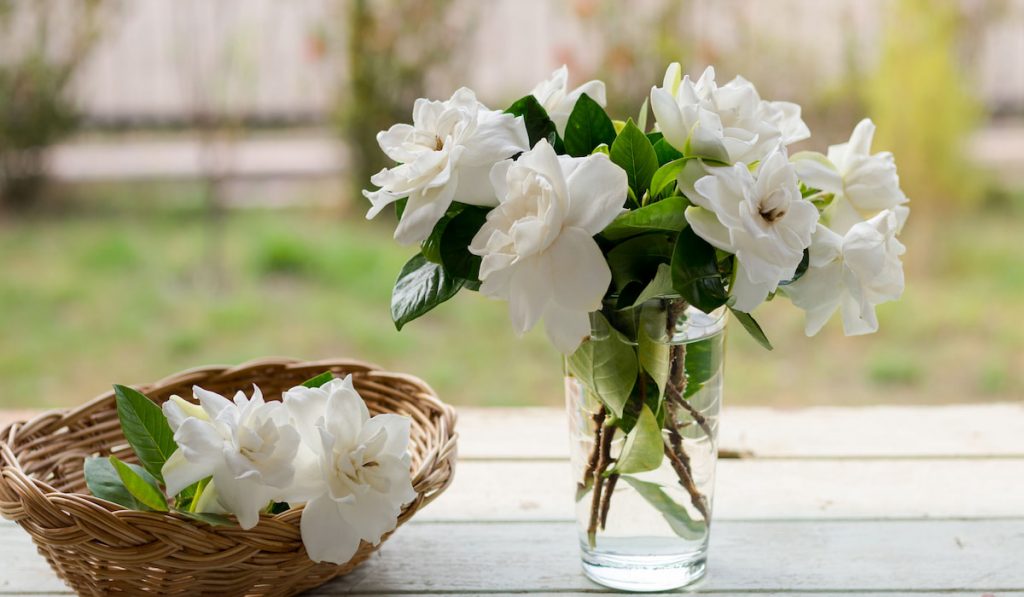
9. Keeping Pests Away
Gardenias are usually disturbed by pests such as aphids, scale bugs, mealybugs, spider mites, root nematodes, and whiteflies.
These insects can ruin your gardenias if they are not controlled. The good news is you can stop them without spending too much.
If you have got aphids, scales, or mealybugs on your gardenia, you can treat it with a 1-to-1 ratio of liquid soap in water. Spray this soap solution all around the leaves, and the insects should come off.
If you think your gardenias have spider mites, place a piece of white paper beneath the plant, then shake the leaves.
After that, pick the paper up and fold it in half. After folding, if you notice red spots on the paper, the gardenia has spider mites.
You can get spider mites off your gardenia using neem oil. Neem oil can block larvae maturation, hamper mating behavior, and even kill spider mites.
One good thing about neem oil is that you can use it to repel aphids, scales, whiteflies, and mealybugs too.
You should try as much as you can to keep your gardenia from getting infested by root nematodes. Ensure you get nematode-free soil and equipment. Root nematodes cannot be treated, hence the word of caution.
Final Thoughts
While they might be considered fussy by some people, gardenias are easy to grow, and yes, you can grow them indoors. All you have to do is provide the right amount of light, water, and humidity.
Then get the right soil and maintain optimal temperature. Of course, it does not stop at the stated conditions, but these are some of the most important ones.
Resources
- https://getbusygardening.com/tropical-houseplant-care/#tropical-plant-humidity
- https://www.aspca.org/pet-care/animal-poison-control/toxic-and-non-toxic-plants/gardenia
- https://homeguides.sfgate.com/gardenia-plants-toxic-dogs-80114.html
- https://www.gardeningknowhow.com/ornamental/flowers/gardenia/common-gardenia-diseases.htm
- https://hgic.clemson.edu/factsheet/gardenia-diseases-other-problems
- https://homeguides.sfgate.com/gardenia-leaf-spots-26823.html
- https://garden.lovetoknow.com/wiki/Slideshow:Gardenia_Varieties
- https://www.britannica.com/plant/Gardenia
- https://www.gardenia.net/guide/favorite-gardenia-varieties-complete-selection-guide
- https://www.pickupflowers.com/flower-guide/gardenias
- https://homeguides.sfgate.com/different-colors-gardenias-83459.html
- https://homeguides.sfgate.com/gardenias-always-white-81156.html
- https://newgarden.com/learning-center/growing-gardenias-indoors
- https://www.thespruce.com/grow-gardenia-indoors-1902758
- https://www.gardeningknowhow.com/houseplants/hpgen/raise-humidity-for-houseplants.htm
- https://www.monrovia.com/how-to-grow-gardenias
- https://www.gardeningknowhow.com/plant-problems/pests/pesticides/neem-oil-uses.htm


